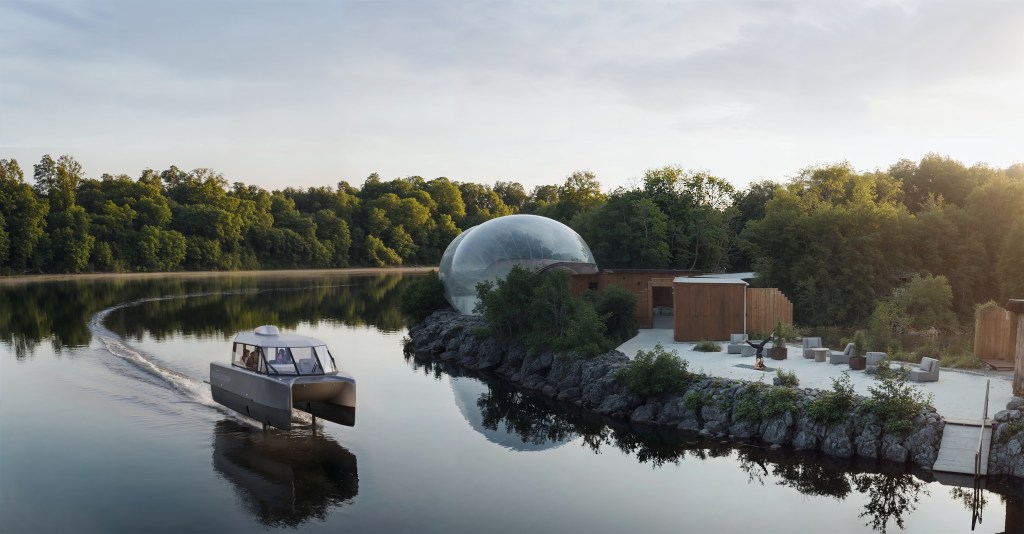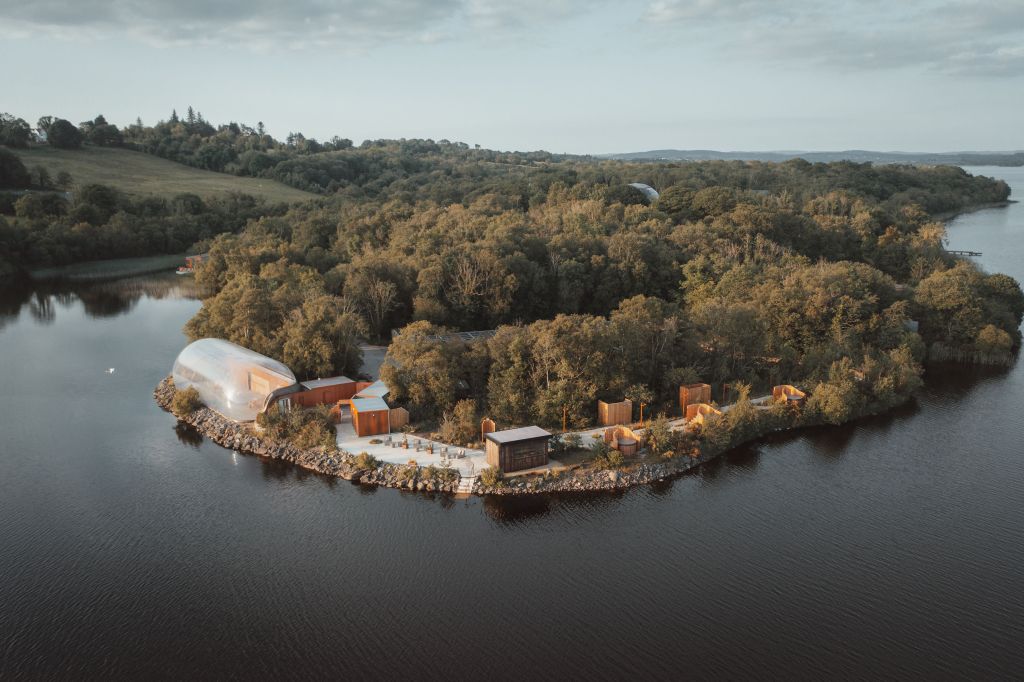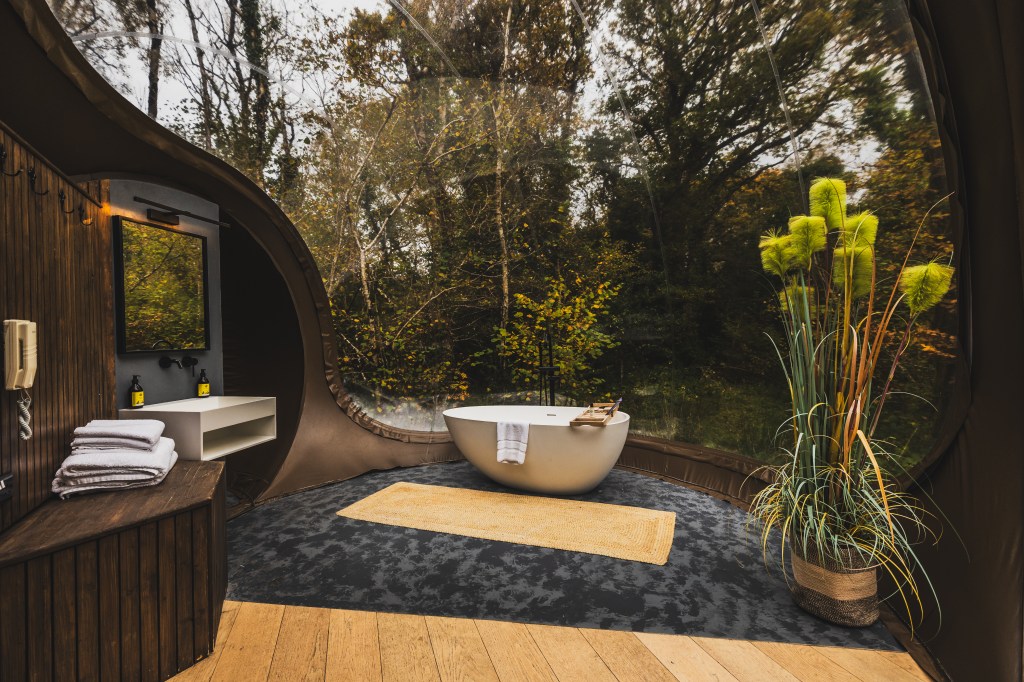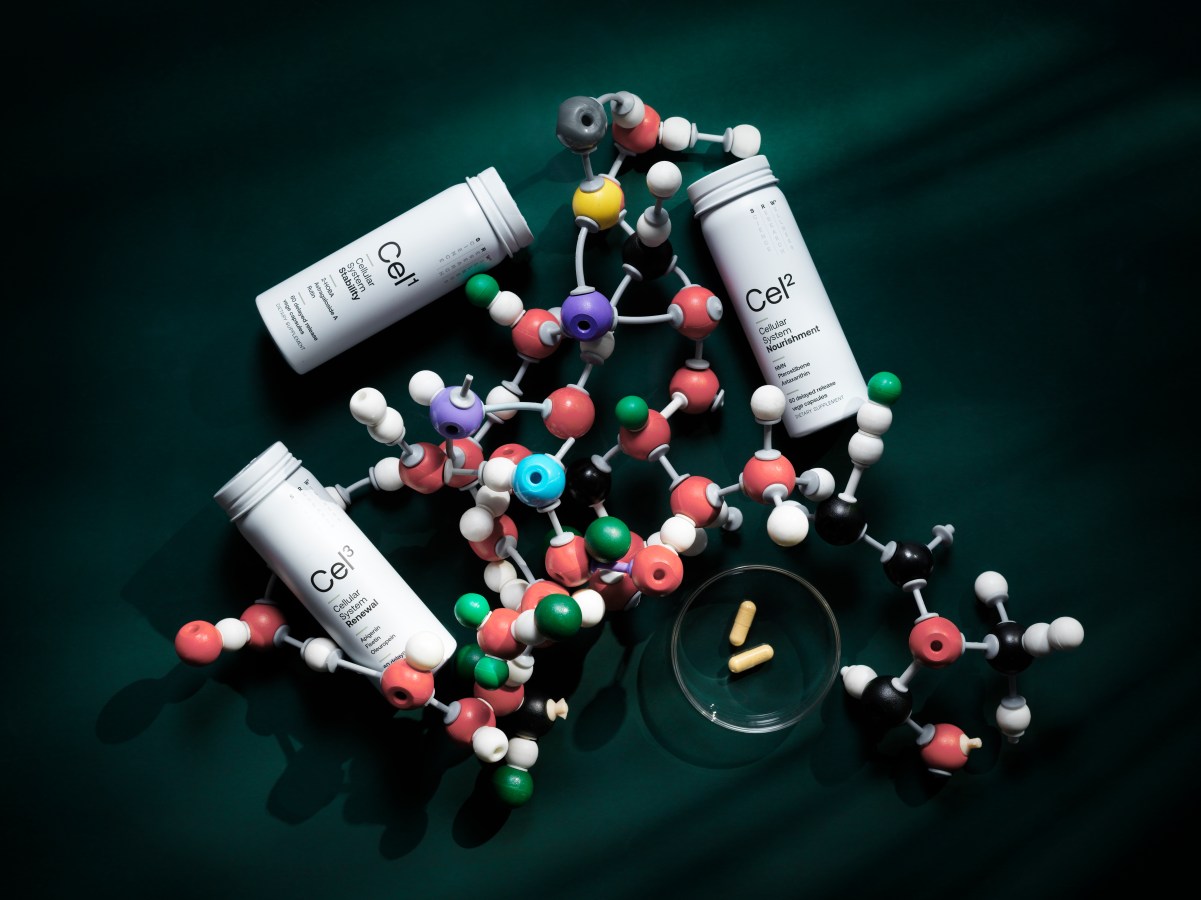New Zealand-based marine-tech company Vessev is taking its VS-9 catamaran global, through a partnership with Irish luxury lakeside eco resort, Finn Lough.

New Zealand start-up Vessev, which built the VS-9, a nine-metre, 10-passenger, electric hydrofoiling marine vessel, is headed out to sea.
The VS-9, which was introduced commercially in New Zealand with ferry operator Fullers360, is bound for Europe through a partnership with Irish luxury lakeside resort, Finn Lough, located about two hours’ drive from Belfast. In 2026, the resort is set to add a VS-9 to its guest offering, giving visitors a chance to skim across Lough Erne.

“A flight on a VS–9 offers passengers an unforgettable experience, while creating opportunities for operators,” Vessev chief Eric Laakmann said. “We’re proud to partner with pioneers like Finn Lough who are showing the world what’s possible with this technology.”
It’s a logical move for Finn Lough, which is an eco resort that claims to be known for its nature-immersive and design-led approach to hospitality.
“[The partnership] captures our core belief in the beauty of contrast: pairing the untamed beauty of the lake with a thoughtfully designed, elevated way to explore it,” Finn Lough co-owner, Michael Beare, says.

The VS-9 (which is designed and built in-house by Vessev’s team of engineers at its 1500-square metre facility in Auckland) can transport up to 10 passengers at a service speed of 25 knots, with a range of 50 nautical miles (92.6km). And because it’s flying above the waves, Vessev claims it’s a smoother and more stable ride than traditional passenger ferries can provide. It’s also more efficient: the VS–9’s all-electric propulsion and foiling technology reduce energy costs by up to 90%.
Laakman told Forbes Australia in an earlier interview that the company employs similar techniques to America’s Cup vessels, which provide high control authority compared to other systems.
“That means we can handle more wind and bigger seas,” Laakmann says. “The system is more difficult to engineer up-front, but results in a very performant vessel that is both more capable and efficient.”
The partnership wasn’t entirely unexpected – Laakmann flagged in September 2024 that the company had been attracting strong investor and buyer interest for its VS-9 already.

“We knew that the VS-9 would attract interest from several arms of the marine industry, but what we didn’t know was how quickly that would happen: from the passenger transportation space and eco-resort transfer vessels, to tenders for larger yachts, and of course water limos,” he said in a 2024 statement. “In the recreational sector, we’ve already fielded many enquiries and we’re exciting to launch different variations of the VS-9 in support of boaters who also want to propel a more liveable world”.
And he expects electric hydrofoiling vessels to take-off – literally: “Today, very few people in the world will have been aboard an electric hydrofoiling vessel. Ten years from now though, as this becomes the new way that we move on the water, that is all going to change.”
Look back on the week that was with hand-picked articles from Australia and around the world. Sign up to the Forbes Australia newsletter here or become a member here.

